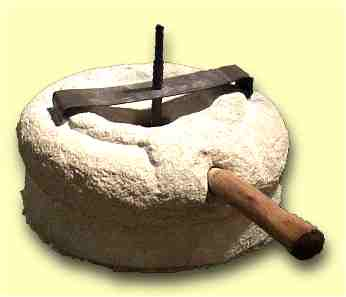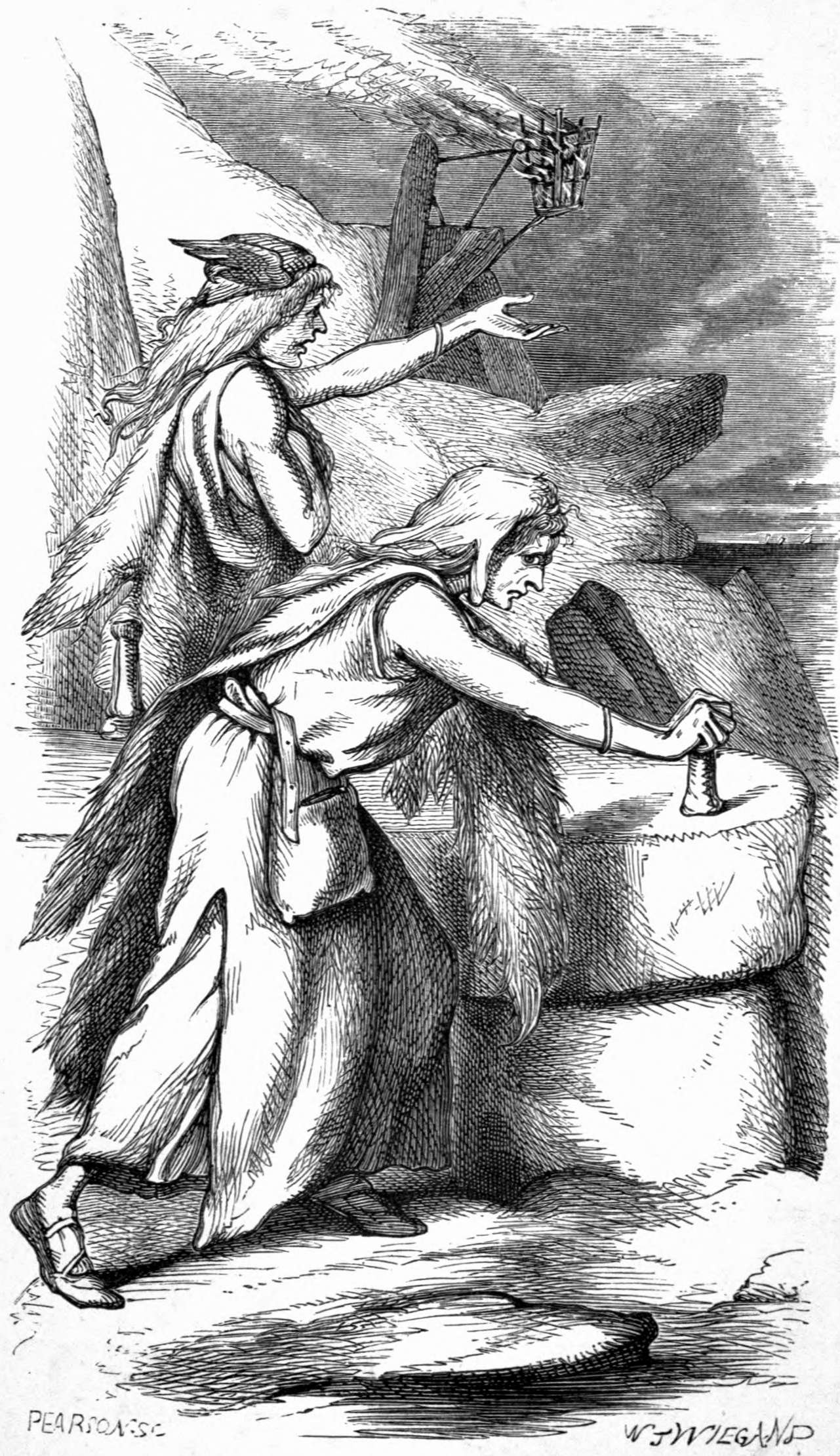The above translation within the Voynich was yielded by using
- A transcription derived from Scottish secretary hand (see below)
- A search within vocabularies found only within a certain geographic area in northern Europe. One can find borrowings from Finnish, Sami, Swedish, Norse, Estonian, and Russian.
The beauty of this theory is that the meanings of the words and the graphics consistently, mutually support each other in a common cultural context. The who, the what, the why, the where, the how, the symbolism, and the words all work as a cohesive whole.
The Words
With the alphabet below, I have transcribed well over 80 words, which are mentioned throughout the posts. A partial list is below. For a full list, see the
Voynich Word List and the
running spreadsheet. Initially, I thought that many of these were names. However, now I believe that those ending in "a" tend to be singular nouns, those ending in "er" tend to be plural nouns, and those ending in "ai" or "ei" tend to be verbs in the past tense, perhaps used as adjectives, as in the English "ed". For example, "kepka" for "cap" appears throughout the Voynich in various forms, such as "ekepker" for "caps" and "kepkei" for "capped".
Sprinkled throughout the mss are simple words, for example
eiere, which has several similar meanings depending on the language: if Coptic it means a conduit; if Norwegian it means owners; if Germanic it means to wobble like an egg, as
eier in German means egg. Hence, the word may be used to mean source.
The original Icelandic manuscripts which are the source of our knowledge of Norse mythology did not employ a unified system of spelling. Thus the same name might be spelled several different ways even in the original manuscripts. Letters unique to the language existed, such as a modified version of the letter Wynn called Vend that was used briefly for the sounds /u/, /v/, and /w/. In particular, the length of vowels was only sporadically marked in many manuscripts and various umlauted vowels were often not distinguished from others. Another complication is that several shortcut forms for common words, syllables, and grammatical endings developed. One example is the use of the rune named maðr (man) for the word maðr. Another is the use of a special glyph for the various r-endings so common in Old Norse. These scribal abbreviations are categorized as follows:
- Suspension, truncation, or curtailment: Certain letters of the word are omitted, with the abbreviation indicated by a superscript stroke (esp. dropping a nasal), dot(s) beside the letter, or occasionally a colon. Examples: Ꝥ for þat (etc.), ū for um, hō for hón, þan̅ for þann; .kgr. for konungr, .s. for sonr.
- Contraction: The first and last letters are written, and the abbreviation is indicated by a dot or superscript stroke.
- Special signs or brevigraphs: Symbols replacing words or syllables. Examples: Tironian et (⁊) for ok, ᛘ for maðr, syllabic et (Ꝫꝫ) in mꝫ (með) for /eð/.
- Superscript letters: Regular letters contained in the word or letters specifically for abbreviation purposes. Often with syllabic content. Examples: sᵏ (sik), a zig-zag shaped symbol mainly for er and ir in u͛a (vera). https://en.wikipedia.org/wiki/Old_Norse_orthography
A word on consonant gradation: it has been rather difficult to discern whether a single or double "l" or a single or double "k" is being used in various places in the manuscript. The letter used as an "l" seems to automatically, invariably be a double "l," but often when you drop it down to a single consonant and look it up, the meaning of the word shows up in lexicons. Consonant gradation, where consonants alternate between various "grades" like this, is typical of Uralic languages such as Finnish, Estonian, Northern Sámi, and the Samoyed language Nganasan. Of the Finnic languages, Votic is known for its extensive set of gradation patterns. So many kk's and ll's ending in a and i certainly give the Voynich manuscript a distinctly Finnish look.
Listed below are words found in the manuscript, which appear in specific languages in northern Europe:
Norwegian/Swedishsom
ikke
ei
eller

Estonianilusam
ikka
ei
aga
siis
Finnishsamalla
apara
taikuus
Teit - Finnish - Second-person singular past indicative form of tehdä, to do, to perform
Elä - Possibly various older forms of "elä" (Finnish) meaning "live" (be alive). "Minä elän" = I am alive, "Sinä elät" = you are alive.
Russiankepka - cap
I found these loan words because these languages are prevalent in contemporary times, so they were easy to look up. But the Voynich language itself--whether Seto, Livvi, Votyak, Southern Sami, Ume Sami, Pite Sami, Lule Sami, Northern Sami, Skolt Sami, Inari Sami, Ingrian, Ludic, Permyak, Karelian, or some other tongue spoken in north Europe--is far more difficult to find.
More gleanings from manuscript
Alkeisa - basic

Allekksa Aleksa Alusa
Apai - aunt Apaiis aunt in Udmurt (Zyrian/Votyak).
Apara - upper body
Epais, which is French for chubby.
Eparlasai - fixative for liver of sulfur
Esaikkaisa Isogaisa = superb
Jór - horse
Kela - coil
Leiks - dock/sorrel
Para - Finnish witchcraft - being created to bring milk and butter
Pekka, Peko, Pekko
Perheit - to have a family
Samalla - in the same way or at the same time as
Sara - wounds
Sareiaia - wound treatment
Taikkusai - taikuus = magic
Tait - enchantment
Teit - Finnish - Second-person singular past indicative form of tehdä, to do, to perform

Ukko-Pekka meaning approximately "(respected) Grandpa Pekka”
The Transcription Alphabet
Below are some of the letters found in the Voynich manuscript transcribed.
 |
| "dearest sister" reverse-transcribed in English |
Transcription Examples
Below is a typical text analysis using the commonly cited transcription alphabet (not mine).
And now is a paragraph from the plants section with some early spotty translation using my transcription alphabet. Below, vowels appear to do what we would expect of them and so do consonants, and there appears to be a certain syntax at work. The meaning at least sketchily garnered appears to have to do with the pictures instead of some secretive voyage or love letter, etc.
I do believe that instead of looking for the esoteric, looking instead at natural languages would yield more accurate results. I do believe it will be located on this tree.

If this is an old dialect then even a modern person of that origin might have to spend some time on it. Here's a bit of English in an old dialect (16th c. Scots), and I can't say I breeze through it: He leuis to his barne gif his wyf hes ane man barne his haill armour … And gif it beis ane woman barne the foirsaid geir to be sauld.
So with the Voynich you've got a weird script on top of an obscure dialect on top of what is an apparently extinct language. HOWEVER, someone who knows Old Norse, proto-Finnic, and perhaps proto-Slavic should be able to translate the Voynich at last if they use the transcription alphabet furnished in this post.





































